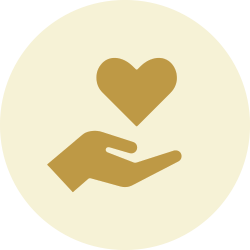How do we assess for problematic porn usage?
Determining whether or not porn usage is problematic in a standardised way can be difficult due to the lack of agreed criteria for problematic porn usage.
Two currently recommended online assessment tools are the Internet Sex Screening Tool (ISST), and the Problematic Porn Consumption Scale (PPCS) (75). Both tools include concepts of loss of control, increasing time spent on sexual behaviour, and exploring negative consequences to self and others. Young people may wish to complete the screening assessment privately or alongside a health professional during a consultation.
These tools can be helpful to further conversations around porn usage, develop some shared language with a young person, and assess the need for additional support. However, in Aotearoa, health professionals take a harm-minimisation approach to addictions, and recognising any harm or distress is more important than identifying a specific disorder.
A general assessment exploring the continuum of porn experiences and impact of usage should therefore always be undertaken when a young person presents with porn concerns, to help clarify their experience and identify what support may be needed.
Tips to help approach an assessment:

Show empathy
Take a curious, questioning, and non-judgmental approach.

Listen
Listen for how porn may be impacting the different areas of a young person’s life (and affirm them for areas that are going well).
Ask open-ended questions
Use questions starting with ‘what’ and ‘how’ and avoid binary language (good vs bad, right vs wrong) to reduce shame and allow a young person to openly share their experiences.
Normalise
Normalise (as appropriate) a young person’s experiences (i.e., many regular porn-users struggle to cut down) can help open up the conversation.
Focus on ‘impacts’
Questions around a young person’s porn-usage patterns and frequency can be helpful in some cases – however, real-life impact should be the focus of any assessment, including how porn may be impacting day-to-day social activities, relationships, sleep, schoolwork, mental health etc.
Explore drivers
Explore the drivers for wanting to cut down on porn. For example, shame, escalating usage, porn impacting sexual relationships, porn impacting day-to-day life, ethics, faith etc.
Take a strengths-based approach
Affirm the young person’s help-seeking behaviours. Draw on existing strengths, identifying skills they used with other habits, that they can apply to changing their porn habits.

Model respect for diverse sexualities and genders
Model respect for diverse sexualities and genders, as Rainbow young people may be engaging with porn as part of a ‘coming out’ process and may need support with this.

“I think it (addiction) is not an issue as in it’s widespread and dangerous, but I think for people that are affected by it, it’s definitely an issue.”
Female, 16 years